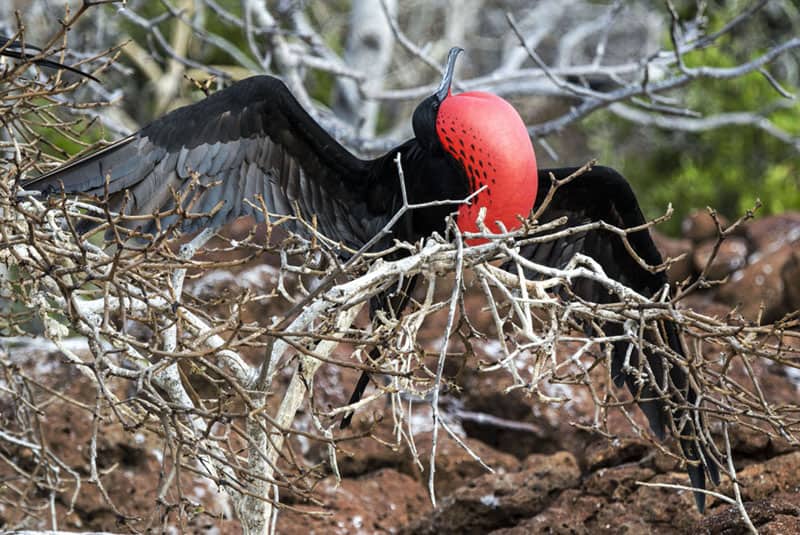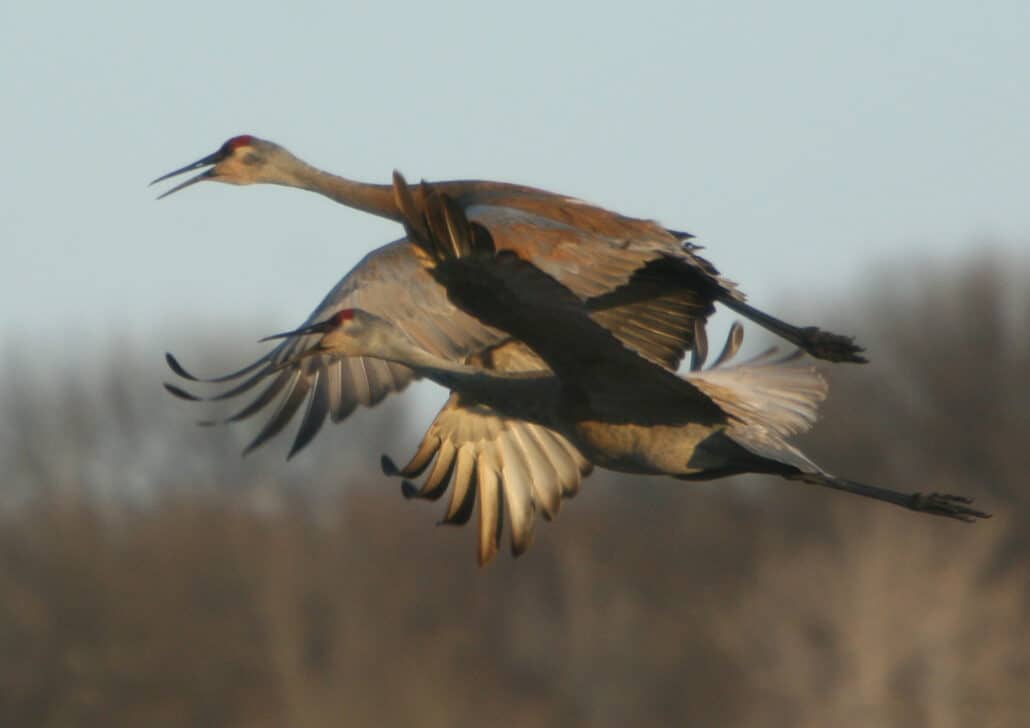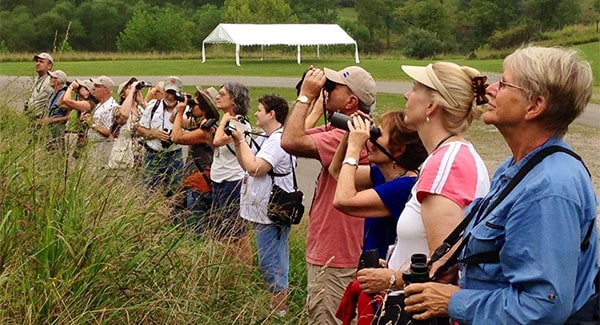Summer Birds of Mississippi (June, July, August)
June: Surprisingly, shorebird migration isn’t yet over; and efforts to see these shorebirds should continue as well. Surely you have noticed that spring migration is prolonged; while the height of it takes place during March, April, and May, it actually began way back in late January, winds down in May, and has its last hurrah in early June.
Species diversity is at its lowest in June. In southern Mississippi June is a great month for watching colonial nesting birds; a visit to the beaches of Harrison County will open a window to the nesting activity of least terns and black skimmers. A boating trip to the tips of Horn, Petit Bois, East Ship, West Ship, and Cat Islands is sure to reveal that many others species of terns are nesting, among them are gull-billed, royal, Sandwich, and Caspian terns. You might possibly see American oystercatchers, willets, and plovers such as snowy and Wilson’s, with their precocious young, as beaches give way to dunes.
Any summer day, but especially if the prevailing winds are from the south, which they are usually, take up a vantage point near the Mississippi Sound from immediate coastal areas of eastern Harrison County and all of Jackson County and set up a watch for the aptly named magnificent frigatebird, which soars effortlessly out over the waters of the Sound, sometimes very high in the sky. In inclement weather, this bird is found in groups, low in the skies, under the clouds; its prehistoric looks and large size always prompt calls to radio and television stations.
Upstate, visits to various heronries and rookeries are in order. They are well distributed throughout the state and often consist of several species; while great blue, great egret, snowy egret, cattle egret, little blue heron, and green heron may predominate, take a look around for black-crowned and yellow-crowned night-herons, as well white ibis and anhinga.
July: Though it may seem too hot for bird watching activities, July cannot be dismissed as just another summer month. Believe it–some shorebirds that nested on the tundra are already coming south. Some songbirds that nested within the state are also likely to show up south of their breeding areas. There’s a preponderance of the young of colonial nesters at large, and neighborhood birds are bringing their young to your backyard feeders, which should remind any bird watcher that bird-feeding throughout the year is highly recommended. With the exception of migrant traps, which are more or less guaranteed to be empty of all birds, make shorter trips, and begin them earlier, or go late in the day, to all of the sites mentioned previously. There is continuity in the bird life of any given state, and the best way to learn it is to bird watch on a regular basis.
Don’t dismiss July as just another hot summer month. Make regular visits to favorite places, but keep them short and make them early in the morning or in late afternoon. There may be surprises in store.
Birds that nest on the tundra, such as the semipalmated plover and least sandpiper, do not dawdle there. Some return to the beaches and mudflats of the Deep South just as soon as their young show signs of self-reliance. Expect adult birds first; their offspring are often left to make their first migratory flights a little later, without parental guidance. Pause to consider that.
There are other rule-breakers: Individuals of species that normally arrive in groups much later, such as the transient yellow warbler and the winter resident tree swallow, might show up when least expected—in July. By now you should be learning that it is wise to expunge the words “never” and “always” from your bird-watching vocabulary!
Pass your tea-sipping time in the backyard by really looking at some common birds. Have you noticed that young cardinals have black bills? Or that a young brown thrasher has dark eyes? That a young red-headed woodpecker has a black head? And a young eastern towhee has a striped breast? Put some time into identifying the neighborhood young until you really learn them.
That, and re-visiting a field guide until you learn how certain birds look in winter (or basic) plumage, will serve you well. Many of the colorful transient species that you learned in spring return this way in mufti. Be ready for them. And gear up for the inherent challenges of young birds (far outnumbering adults) that are but pale imitations of the knock-‘em-dead adults that won your heart in April.
August: Dramatic changes take place in Mississippi birdlife in August. Birds disperse from their nesting areas, and that is underscored by the number and variety of herons seen away from rookeries and by the number of island-nesting terns assembled on mainland beaches. This post-breeding dispersal also involves a couple of exciting birds that are not known to breed in Mississippi, roseate spoonbill and wood stork, which appear rather regularly at low-water points along the Mississippi River, as well as at Noxubee NWR.
Shorebird migration is in full swing, and it presents another focus for bird watching. In the woodlands, we may see the first of returning transient songbirds, such as the golden-winged warbler, and those of us who saw few hummingbirds near home in the few weeks preceding become aware that they are returning in hordes, hitting nectar feeders throughout the state in preparation for their fall migration to the tropics.
Among the spectacles of fall migration are the huge assemblies (tornadoes) of purple martins and barn and other swallows plying the marshes for insects at dusk and spiraling into roosts under various bridges in the coastal counties. By all means, take your posts at migrant traps and all the other bird watching places mentioned herein.
In August, “the hurricane season” is well underway, and more likely to have an effect on bird watching opportunities. Any tropical weather inserts an element of surprise; while some of it may preclude bird watching altogether, there are instances when if may heighten excitement by bringing pelagic birds close inshore. The best opportunities are associated with tropical storms and tropical depressions that occur in the Gulf of Mexico to our west. If you are not deterred by a little rain and wind, your reward may include seldom-seen species such as shearwaters, storm-petrels, and various gulls and terns, such as Sabine’s gull, bridled and sooty terns, and brown noddy.




